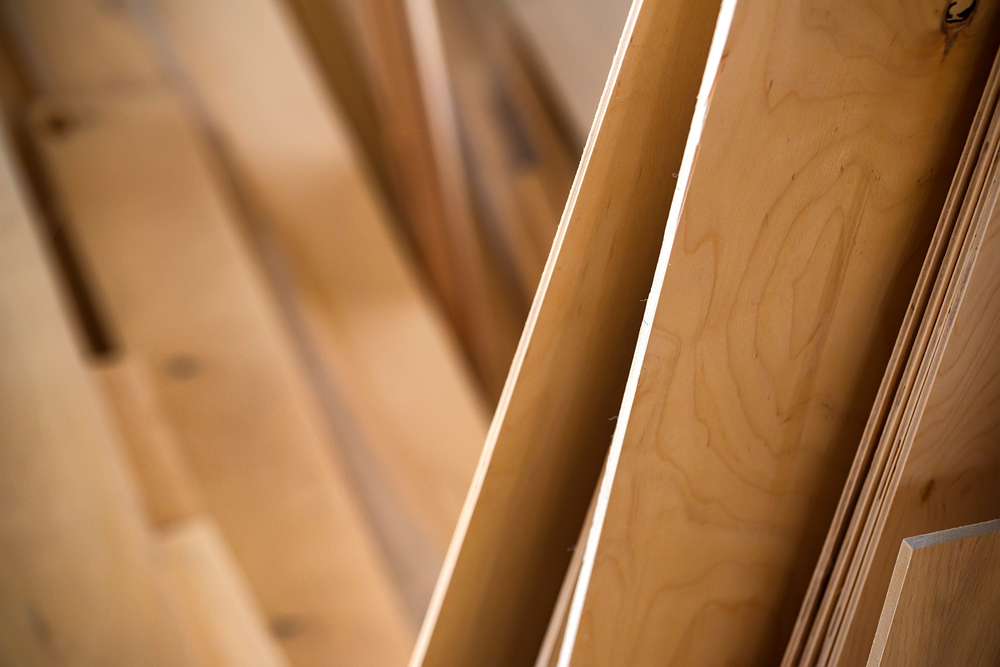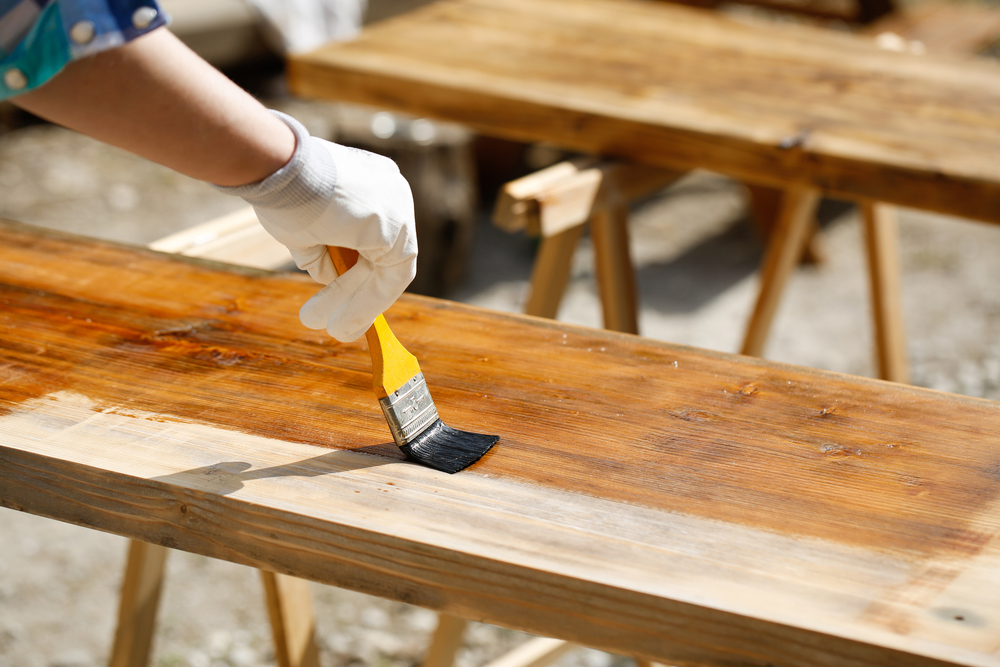Ornamental Metal Work
Ornamental metal work is an age-old craft, rich in history and technique. This craft involves shaping metal to create decorative objects and structures. These pieces can range from intricate jewelry to grand architectural features. The study of ornamental metal work reveals a world of aesthetic beauty and meticulous craftsmanship.
Historical Background
Metal work dates back to ancient civilizations. The Egyptians, Greeks, and Romans were known for their skill in metal crafting. They used metals like gold, silver, and bronze to create jewelry, weaponry, and household items. Over time, techniques evolved, leading to even more detailed and complex designs.
In the medieval period, blacksmiths became renowned for their metal working skills. They were responsible for producing everything from armor to gates. The Renaissance brought about a renewed interest in art and design, further advancing metal work. Artisans began to incorporate more ornate designs, blending functionality with artistry.
Techniques and Tools
Several techniques are essential in ornamental metal work. Hammering is fundamental. Artisans use hammers of various shapes and sizes to shape the metal. This process, called forging, can create both heavy-duty tools and delicate items.
Another critical technique is casting. This involves pouring molten metal into a mold. Once it cools and solidifies, the mold is removed, revealing the metal shape. This method is particularly useful for creating complex designs and replicating patterns.
Welding and soldering join metal pieces together. Welding uses high heat to melt the metals, creating a strong bond upon cooling. Soldering uses a lower melting-point metal to join pieces without melting the base metals. Both methods are crucial for assembling complex structures.
Engraving and embossing add intricate details to metal surfaces. Engraving involves carving designs into the metal, while embossing raises the design above the surface level. These techniques bring texture and detail to the work, enhancing its visual appeal.
Materials Used
Different metals offer distinct properties and aesthetics. Gold and silver are prized for their luster and malleability. These precious metals are common in jewelry and decorative arts. Copper and its alloys, like bronze and brass, are notable for their distinct colors and resistance to corrosion. They are often used in sculptures, household items, and architectural features.
Iron and steel are valued for their strength and durability. These materials are predominant in gates, railings, and structural elements. Advances in material science have introduced new metals and alloys, expanding the possibilities for modern ornamental metal work. Titanium, stainless steel, and aluminum are now commonly found in contemporary designs.
Applications in Architecture
Ornamental metal work has a significant place in architecture. Decorative ironwork is prominent in gates, fences, and balconies. These pieces not only add aesthetic value but also provide security and functionality.
Interior design accessories often feature metal work. Chandeliers, light fixtures, and stair railings can showcase intricate metal designs, enhancing the ambiance of a space. Historical buildings frequently display ornamental metal work on facades, window grilles, and entry doors, reflecting the architectural style of their time.
Modern Innovations
Contemporary ornamental metal work continues to evolve. Technology plays a crucial role in modern techniques. Computer-aided design (CAD) allows for precise planning and execution of intricate designs. Laser cutting and 3D printing are revolutionizing what is possible in metal work. These technologies provide opportunities to create complex and detailed structures with high precision.
Environmental considerations are also influencing modern metal work. Recycled metals are gaining popularity, promoting sustainability without compromising on quality or aesthetics. Artisans and designers are increasingly looking for ways to minimize waste and utilize eco-friendly materials.
Cultural Significance
Ornamental metal work often holds cultural significance. For example, in Japan, the art of sword-making is a revered tradition, blending functionality with artistic craftsmanship. In India, intricate metal jewelry has been an essential part of cultural attire for centuries.
Religious structures often feature elaborate metal work. Churches, temples, and mosques showcase intricate designs that reflect religious and cultural traditions. These works not only serve decorative purposes but also embody cultural heritage and spiritual symbolism.
Learning the Craft
Becoming proficient in ornamental metal work requires dedication and practice. Apprenticeships offer hands-on learning opportunities under the guidance of experienced artisans. These programs emphasize traditional techniques and the importance of precision and craftsmanship.
Art schools and workshops provide structured education in metal work. These programs cover the fundamentals and offer specialized courses in areas like jewelry making, blacksmithing, and welding. Online resources also make it easier for aspiring metal workers to learn new techniques and improve their skills.
Challenges and Rewards
Ornamental metal work can be challenging. Mastery of techniques like welding, forging, and engraving takes years. The physically demanding nature of the craft also requires strength and endurance. Working with metals demands patience and a keen eye for detail.
The rewards, however, are substantial. There is immense satisfaction in creating a piece of art from raw material. The durability of metal means that creations can last for generations, becoming family heirlooms or historical artifacts. The ability to combine functionality with beauty makes ornamental metal work a fulfilling pursuit.
Notable Artisans
The history of metal work is adorned with notable artisans. Samuel Yellin, an American metalworker, gained fame in the early 20th century for his iron designs. His work graces many institutional buildings in the United States.
In contemporary times, designers like Albert Paley push the boundaries of metal art. Paley’s large-scale sculptures and architectural metalwork have earned international acclaim. Such artisans continue to inspire future generations, showcasing the endless possibilities within the craft.
Getting Started
For those interested in ornamental metal work, starting small is key. Basic projects, such as creating simple jewelry or home decor items, provide a good foundation. Investing in essential tools, like hammers, anvils, and soldering equipment, sets the stage for more complex work.
Experimenting with different metals helps in understanding their unique properties. Joining a local workshop or community group can provide support and collaborative learning opportunities. With persistence and creativity, newcomers can develop their skills and find their unique style.
Future of the Craft
The future of ornamental metal work looks promising. The integration of technology with traditional techniques opens up new creative avenues. Increasing awareness of sustainable practices encourages the use of recycled materials, fostering an eco-friendly approach in the craft.
The global appreciation for hand-crafted items ensures that ornamental metal work will remain valued. Educational programs and online resources make the craft more accessible than ever, nurturing new generations of metalworkers.
Ornamental metal work, both ancient and modern, continues to captivate and inspire. Its blend of artistry, technique, and cultural significance ensures its enduring legacy in the world of crafts and design.






